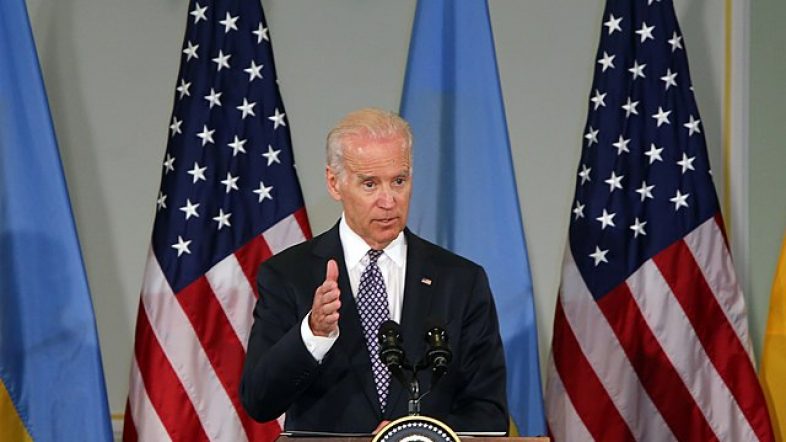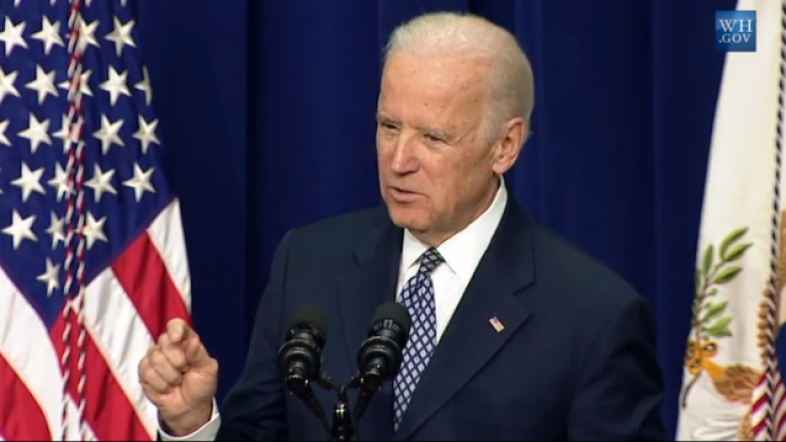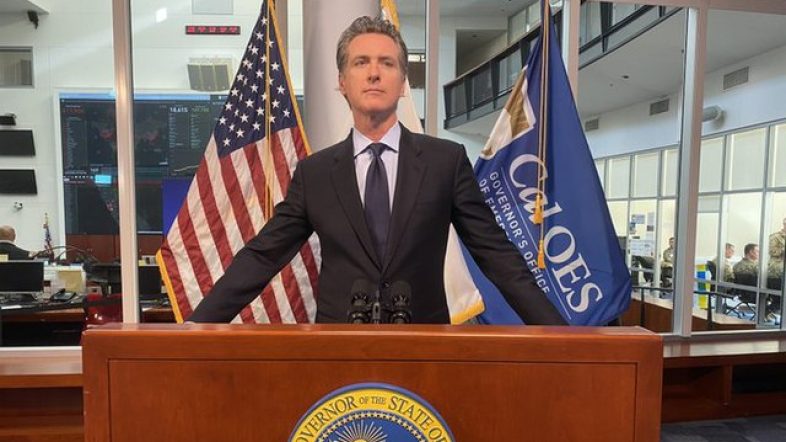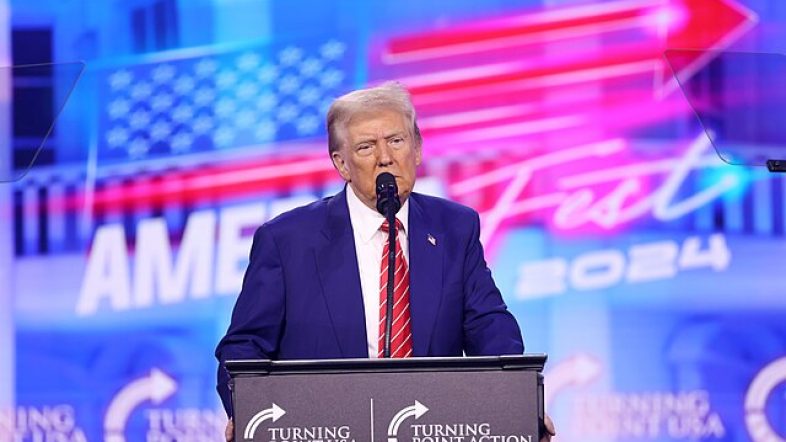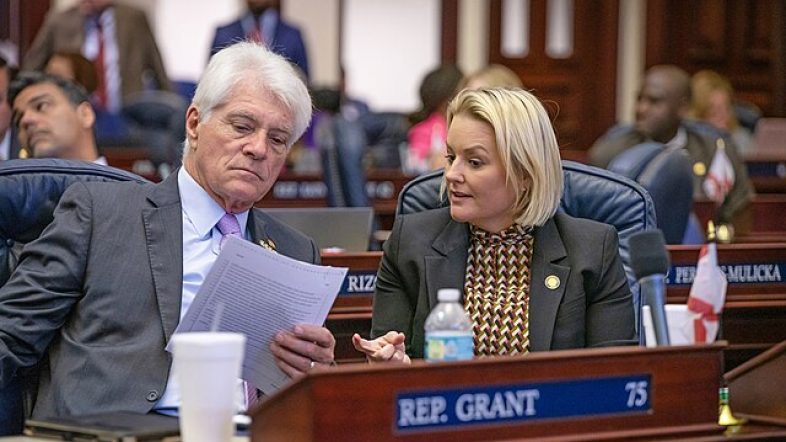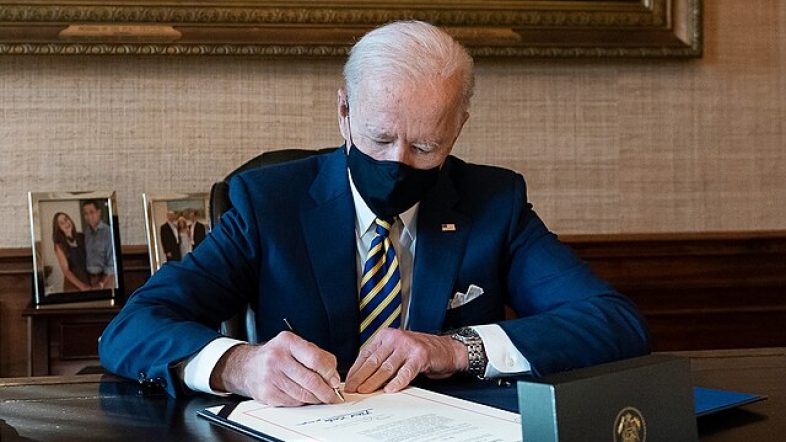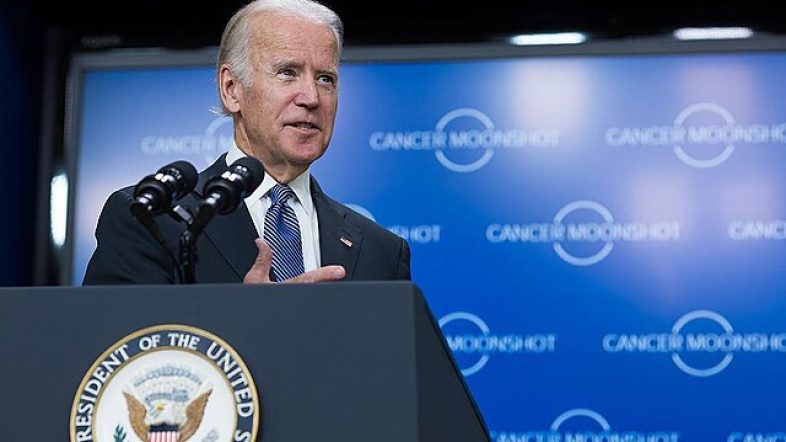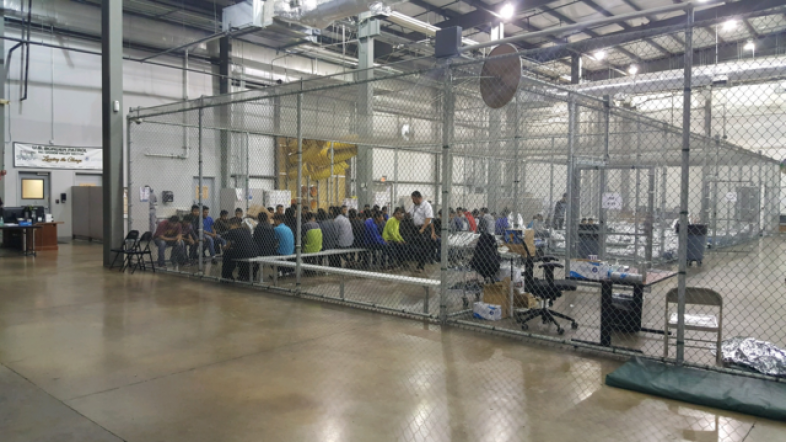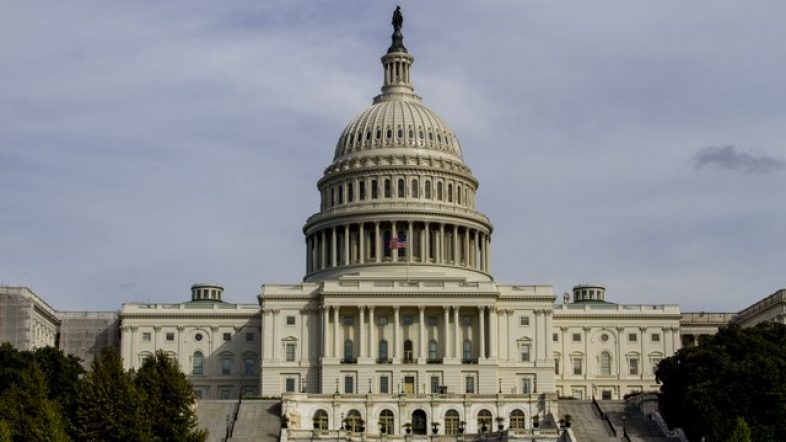The administration that claims to be “saving the soul of Democracy” has once again blown off the legislative branch of government.
When the law to give Ukraine another $61 billion made its way through Congress back in April, lawmakers appropriated the money with strings attached. One big string was section 504 of the bill, which stipulated that within 45 days, the administration had to present a strategy for the war. That strategy was due on June 4 — the Biden administration’s homework is now two months late.
You would be forgiven for thinking we formed a strategy before sending $175+ billion in American tax dollars to the plains of Eastern Europe. Two years into a war that has claimed a million lives, Congress asked for a plan that lays out “specific and achievable objectives” and prioritizes “United States national security interests.” Congress also reasonably requested a best guess on how our actions in Ukraine will be met by Russia, China, North Korea and Iran.
When the plan finally does arrive on lawmakers’ desks, expect a thousand pages of government pablum. Gone are the days when U.S. leaders clearly and concisely articulated reasons to go to war and our representatives voted on whether or not to commit the nation to conflict.
The United States hasn’t declared war since 1942. Every American knew the Roosevelt administration’s plans for the war on its first day — the president told Congress on December 8, 1941, that the U.S. would “win through to absolute victory” and make sure “this form of treachery shall never again endanger us.” Hard to believe now, but Roosevelt’s demanding “absolute victory” was controversial in that it meant the United States would need to conquer, not just defeat, the Empire of Japan and Third Reich.
Today, our leaders have stopped asking for the approval of the American people when it comes to conflict — ever since we rebranded the War Department, the Department of Defense has been much more war-like.
The war in Ukraine is the latest example. The American people have not been fully briefed on the risks of that far-away battle or the point of U.S. involvement. Our lame-duck president, when he addresses Ukraine at all, calls Russian President Vladimir Putin a “war criminal” and claims “we know Putin won’t stop at Ukraine.” That is the total depth of his argument, which he expects the American people to swallow without debate.
But the president’s invective does not make for sound strategy.
First, the risks. America is engaged in a proxy war with Russia, as evidenced by the Russian peoples’ belief that they are at war with the United States and the west. NATO’s expansion towards Moscow is a major red line for Russia. It is also a broken promise, as the United States pledged not to move NATO’s borders “one inch eastward” towards Moscow. After it moved 1,000 miles eastward, Vladimir Putin drew the line in 2007, saying NATO expansion “represents a serious provocation that reduces the level of mutual trust. And we have the right to ask: against whom is this expansion intended?”
The concern is one that has haunted Russian leaders for centuries. The Poles invaded Russia in 1605, the Swedes in 1707, the French in 1812, and the Germans in 1914 and 1941. In World War II alone, the Soviets lost 24 million people — an incomprehensible figure, dwarfing the 418,000 American casualties.
Regardless of what one thinks of Russia’s system of government or Vladimir Putin, it is a fact that in the past 500 years, Russia has often found itself the target of Western aggression. Perhaps when Putin threatens nuclear war over Ukraine, it is worth taking seriously.
Another risk is to our own vital stocks of armaments. Ukraine is blowing through American missiles and projectiles as an unsustainable rate. Consider that, according to the Congressional Research Service, we’ve given the Ukrainians “10,000+” Javelins and “2,000+” Stingers. That “+” is the classified fig leaf over the exact number, but it is safe to assume we are running low on these arms for our own defense. Until 2022, the United States had not purchased a Stinger since 2003 and the missile line was closed entirely in 2020. Even under the rosiest of scenarios, it is unlikely we will be able to replenish the Stingers we have given to Ukraine until 2028.
Lastly, the huge expenditure of taxpayer dollars going to Ukraine has totaled enough to double the U.S. Navy’s fleet. Worse, it is borrowed. The $175 billion is money we do not have, and that sum does not include interest on the debt.
Given the risks and money on the line, Congress should demand the Biden administration comply with the law. The American people deserve a full accounting.
Featured Image Credit: U.S. Embassy Kyiv Ukraine


